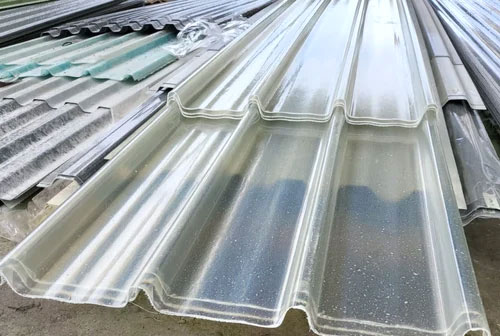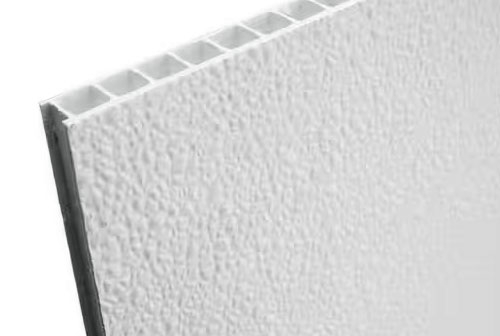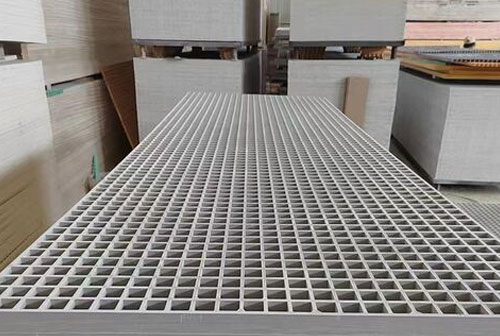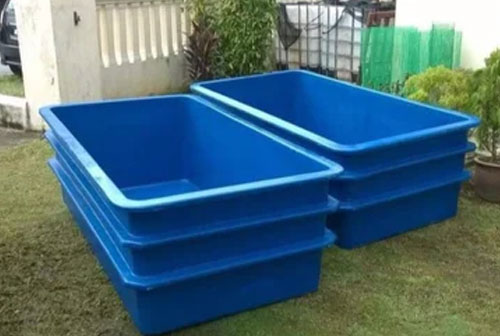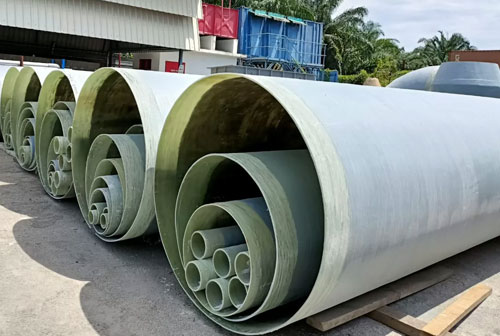FRP sheet roofing and cladding
In the realm of construction, selecting the right materials is crucial for both structural integrity and cost-effectiveness. Fiberglass Reinforced Plastic (FRP) sheets have emerged as a popular choice for various construction and infrastructure projects due to their versatility, durability, and corrosion resistance. However, understanding FRP sheet prices and the factors that influence them is essential for making informed budgeting and material selection decisions.
Understanding FRP Sheet Prices:
FRP sheet prices can vary depending on several factors, including:
Sheet Thickness: Thicker FRP sheets generally cost more due to increased material usage and manufacturing complexity.
Sheet Size: Larger FRP sheets may have higher prices due to the larger surface area and potential transportation costs.
Resin Type: The type of resin used in the FRP sheet can impact its price, with epoxy resins typically being more expensive than polyester resins.
Reinforcement Type and Content: The type and amount of fiberglass reinforcement used in the FRP sheet can influence its price, with higher reinforcement levels generally leading to higher costs.
Surface Finish: FRP sheets can have various surface finishes, such as smooth, textured, or non-slip, which can affect their price.
Brand and Supplier: Different brands and suppliers may have varying pricing structures for FRP sheets due to factors like manufacturing processes, quality standards, and distribution networks.
Factors Influencing FRP Sheet Costs in Construction Projects:
Project Scope and Requirements: The specific requirements of the construction project, such as load-bearing capacity, chemical resistance, and fire safety ratings, can influence the type and thickness of FRP sheets required, thus impacting overall material costs.
Labor Costs: The labor costs associated with installing FRP sheets can vary depending on the complexity of the installation, the experience of the installers, and the prevailing labor rates in the region.
Transportation Costs: The distance between the FRP sheet supplier and the construction site can significantly impact transportation costs, especially for large quantities of material.
Waste and Material Loss: Proper material handling and installation techniques can minimize waste and material loss, leading to lower overall project costs.
Applications of FRP Sheets in Construction Projects:
Roofing and Cladding: FRP sheets are widely used for roofing and cladding due to their lightweight, corrosion resistance, and ability to withstand harsh weather conditions.
Wall Panels: FRP sheets are employed as wall panels in various industrial and commercial settings due to their durability, ease of cleaning, and aesthetic appeal.
FRP sheet flooring and walkways
Flooring and Walkways: FRP sheets are used for flooring and walkways in areas that require slip resistance, chemical resistance, and durability.
FRP sheet tanks and linings
Tanks and Linings: FRP sheets are utilized for constructing tanks and linings in chemical processing, water treatment, and food and beverage industries due to their corrosion resistance and chemical compatibility.
Piping and Ductwork: FRP sheets are employed for constructing pipes and ducts in corrosive environments due to their resistance to chemicals and acids.
Benefits of Using FRP Sheets in Construction Projects:
Corrosion Resistance: FRP sheets are highly resistant to corrosion from chemicals, acids, alkalis, and saltwater, making them ideal for harsh environments.
Durability: FRP sheets are known for their exceptional strength, impact resistance, and ability to withstand extreme weather conditions.
Lightweight: FRP sheets are significantly lighter than traditional materials like steel or concrete, reducing structural loads and simplifying installation.
Chemical Resistance: FRP sheets are compatible with a wide range of chemicals, making them suitable for use in various industrial applications.
Fire Retardancy: Certain types of FRP sheets can offer fire retardant properties, enhancing safety in potential fire hazards.
Low Maintenance: FRP sheets require minimal maintenance and can last for decades, reducing long-term costs.
FRP Sheet Installation Costs:
The cost of installing FRP sheets can vary depending on the complexity of the project, the experience of the installers, and the prevailing labor rates in the region. Generally, installation costs account for approximately 30-50% of the total FRP sheet project cost.
Factors Influencing FRP Sheet Installation Costs:
Project Complexity:
Accessibility of the Installation Area: Difficult-to-reach areas or those requiring scaffolding or specialized equipment can significantly increase installation time and labor costs.
Penetrations and Cutouts: The need for penetrations for pipes, vents, or other fixtures adds complexity and time to the installation process, impacting costs.
Installer Experience and Skill Level:
Experienced installers: can work efficiently, minimize material waste, and ensure proper installation techniques, potentially reducing overall costs.
Less experienced installers: may take longer to complete the installation, require more supervision, and potentially lead to material waste, increasing labor costs.
Location and Labor Rates:
Geographic location: Labor rates vary significantly depending on the region. Urban areas typically have higher labor costs compared to rural areas.
Project accessibility: Remote locations or those with limited resources may require specialized crews or travel expenses, impacting labor costs.
Additional Considerations:
Surface Preparation: The required level of surface preparation before FRP sheet installation can affect costs. For example, uneven surfaces may require additional work for proper sheet adhesion.
Fasteners and Adhesives: The type and quantity of fasteners or adhesives used for FRP sheet installation can influence overall costs.
Safety Equipment: Special safety equipment or procedures necessary for the project can add to the installation costs.
Minimizing FRP Sheet Installation Costs:
By carefully considering these factors during the planning stage, you can potentially minimize FRP sheet installation costs:
Detailed Project Planning: Clearly define the project requirements, including dimensions, penetrations, and surface preparation needs, to create an accurate installation plan.
Selecting Experienced Installers: Opt for qualified and experienced installers who can work efficiently and minimize waste.
Optimizing Material Usage: Choose the appropriate sheet sizes to minimize cutting and waste.
Collaboration between Designers and Installers: Early collaboration between designers and installers can identify potential challenges and optimize the installation process.
By understanding the factors influencing FRP sheet prices and installation costs, construction professionals can make informed decisions about material selection, project budgeting, and choosing the right installers. This approach ensures cost-effectiveness while delivering a durable and reliable FRP sheet solution for building and infrastructure projects.
 +86 15303735673
+86 15303735673 Jessica@frpzs.com
Jessica@frpzs.com
 Technical Data
Technical Data


